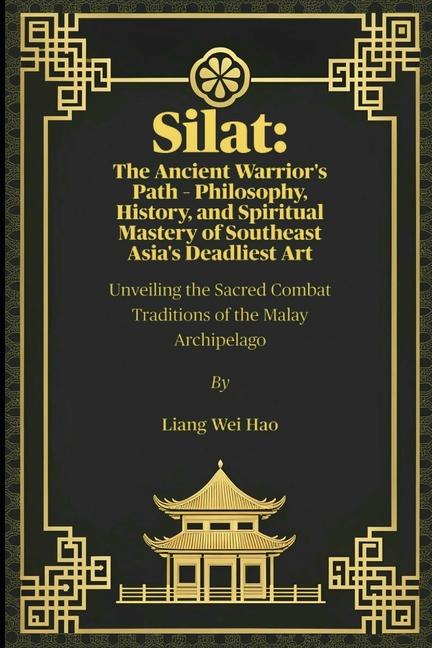Description
This is the story of a fighting tradition that runs deeper than punches and kicks-it's woven into the land, history, and spirit of Southeast Asia. For centuries, this art wasn't just practiced in training halls but lived in homes, hidden in dances, and passed down through bedtime stories. You'll discover how everyday tools became deadly weapons when needed, why warriors trained to sense danger before it arrived, and how breathing techniques could steady hands in life's toughest moments.
The art survived empires rising and falling, colonial rule, and modern changes by adapting without losing its core. Some masters could perform feats that seemed impossible-taking strikes without injury, moving with uncanny precision, or ending fights before they began. But the true power wasn't in these skills alone. It was in the way the art shaped people: teaching control when angry, courage when afraid, and wisdom when facing hard choices.
Today, this tradition stands at a crossroads. In cities, it's evolving-some practice it as exercise, others keep the old ways alive. The questions remain: How much should change? What must stay the same? Can something born from necessity thrive in times of peace? The answers matter because this isn't just about fighting-it's about what we carry forward from those who came before us.
By the end, you'll see why this art outlasted centuries. Not because it made perfect fighters, but because it formed resilient people. Whether you practice martial arts or simply value traditions that stand the test of time, these pages offer something rare-real wisdom from the past that still works today. It's not about looking back nostalgically, but understanding what worth keeping as we move forward.
Product Details
- Jul 4, 2025 Pub Date:
- 9798291081662 ISBN-10:
- 9798291081662 ISBN-13:
- English Language




